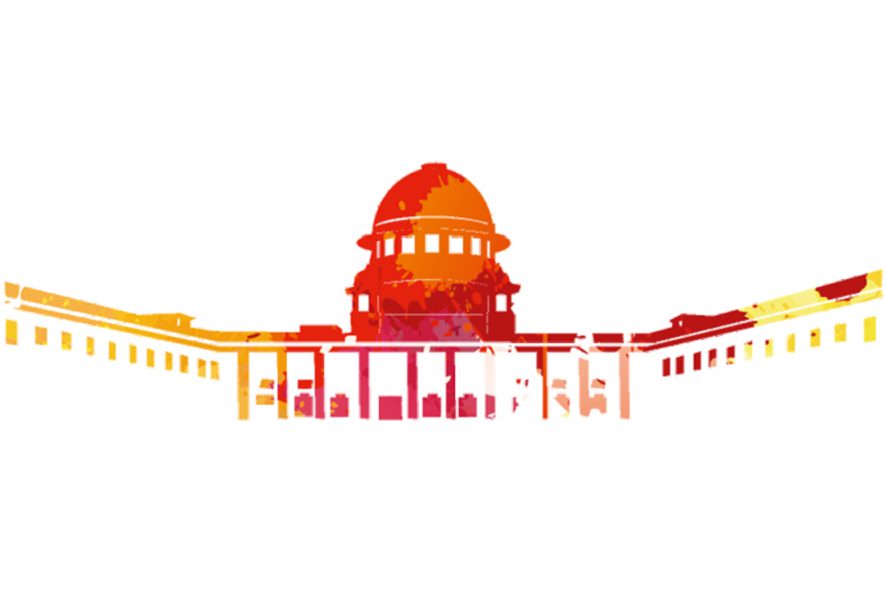Supreme Court: The 3-judge bench of RF Nariman, Naveen Sinha and BR Gavai, JJ has issued notice to the Ministry of Home affairs on the question of audio-video recordings of Section 161 statements as is provided by Section 161 (3) proviso CrPC, as well as the larger question as to the installation of CCTV cameras in police stations generally.
Section 161 deals with Examination of witnesses by Police and it’s clause (3) proviso reads as:
“(3) The police officer may reduce into writing any statement made to him in the course of an examination under this section; and if he does so, he shall make a separate and true record of the statement of each such person whose statement he records:
[Provided that statement made under this sub-section may also be recorded by audio-video electronic means.]”
While issuing notice, the Court took note of it’s ruling in Shafhi Mohammad v. State of Himachal Pradesh, (2018) 2 SCC 801,wherein it was directed
- steps are taken to introduce videography in investigation, particularly for crime scene as desirable and acceptable best practice as suggested by the Committee of the MHA to strengthen the Rule of Law.
- with a view to implement the Plan of Action prepared by the Committee, a Central Oversight Body (COB) be set up by the MHA forthwith. The COB may issue directions from time to time. Suggestions of the Committee in its report may also be kept in mind. The COB will be responsible for further planning and implementation of use of videography.
- funding for this project may be initially by the Centre to the extent possible and a central server may be set up. These suggestions may be considered by the COB.
- in every State an oversight mechanism be created whereby an independent committee can study the CCTV camera footages and periodically publish report of its observations. Let the COB issue appropriate instructions in this regard at the earliest. The COB may also compile information as to compliance of such instructions in the next three months and give a report to this Court.
Compliance with above directions may be ensured by the Secretary, Ministry of Home Affairs in the Central Government as well as Home Secretaries of all the State Governments. An affidavit of progress achieved may be filed by the Oversight Body on or before 31-7-2018. Put up the matter for further consideration on 1-8-2018.”
It is pertinent to note that the Court had, in Shafhi Mohammad judgment, directed the Ministry of Home Affairs to ensure the compliance of the aforementioned steps. It had further directed the COB to issue appropriate directions so as to ensure that use of videography becomes a reality in a phased manner and in first phase of implementation by 15th July, 2018 crime scene videography must be introduced at least at some places as per viability and priority determined by the COB.
Noticing that the follow up to these directions was important, the Court issued notice to the Ministry of Home Affairs.
[Paramvir Singh Saini v. Baljit Singh, 2020 SCC OnLine SC 578 , order dated 16.07.2020]
Also read:








“Monitoring the progress on the installation of CCTV cameras in police stations, the Supreme Court’s scrutiny reflects a commitment to accountability and transparency. Seeking updates on the implementation of its 2017 judgment, the Court’s actions underscore the importance of ensuring a vigilant and accountable law enforcement environment. A pivotal step toward fostering trust, the implementation of CCTV cameras aligns with the principles of justice and protection of citizens’ rights.”
Awesome post, thanks for sharing.
Nice content thank you